
The Afghan box camera—a homemade wooden device known as the kamra-e-faoree, meaning “instant camera”—has been used to preserve memories in Afghanistan for generations. It is part of the local landscape, with street photographers dotting city thoroughfares. It is itself a part of Afghan history, having been briefly banned by the Taliban, but these days, the box camera is in danger of disappearing. Fewer and fewer people know how to make and use the traditional tool, which uses no film but can both capture and develop an image.
Lukas Birk and Sean Foley, an Austrian artist and an Irish ethnographer, respectively, had discovered the box cameras while visiting Afghanistan on research trips. They learned that the devices, which came to the region in the early 20th century, were being replaced by their digital descendants among photographers who could afford it—or lying unused by photographers who couldn’t afford to refill on photographic supplies. The art of the karma-e faoree had been passed down through families, but Birk and Foley thought that this generation was going to be the last.
They were both struck by the importance of the cameras in local history and the poignancy of the medium’s persistence, and were also interested in the potential stories to be told when Afghans were photographed by other Afghans.
But the photographs produced by the cameras were the real draw. “We’re both visual people,” said Birk in an email, “and box camera photography is a feast for the eyes.”
So, in 2011, funded by a Kickstarter project, the two traveled to Afghanistan to begin research on a project about the Afghan box camera. The website they produced from that trip features box-camera tutorials, profiles of itinerant photographers and examples of box-camera photography and traditional hand-tinting from Afghanistan and the surrounding region. But the 2011 trip was not the end of their exploration of the box camera. Birk and Foley have started a Kickstarter page to raise money for another trip to Afghanistan, slated for this spring, with plans to produce a book with the additional material.
“Right now we can still talk about it as a living form of photography, maybe for another couple of years, before it will completely disappear,” Birk said.
Those interested in the box camera technology, which allows the photographers to snap and develop their pictures all at once, can watch a movie about it below. (Birk notes that he is doing his best Werner Herzog impression as the narrator, hoping to evoke the style of vintage ethnographic films.)
Find out more about the Afghan Box Camera project here or donate to the project’s Kickstarter fund here.

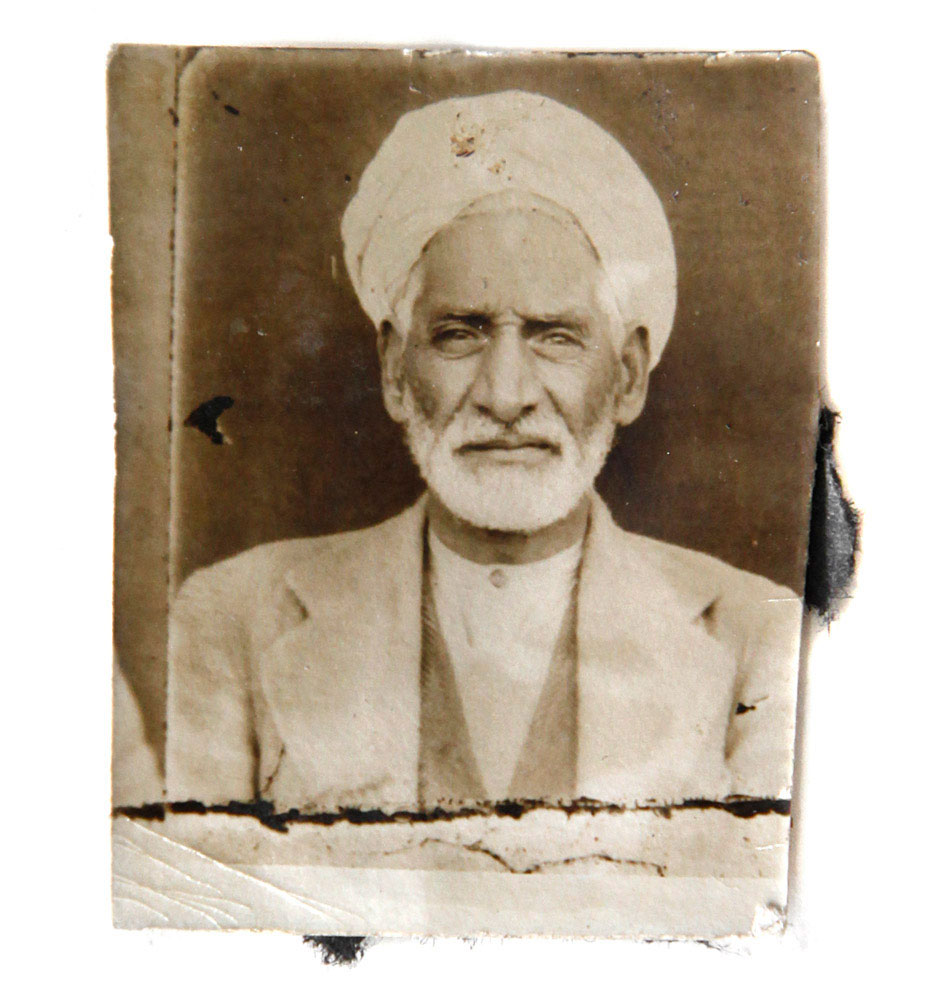
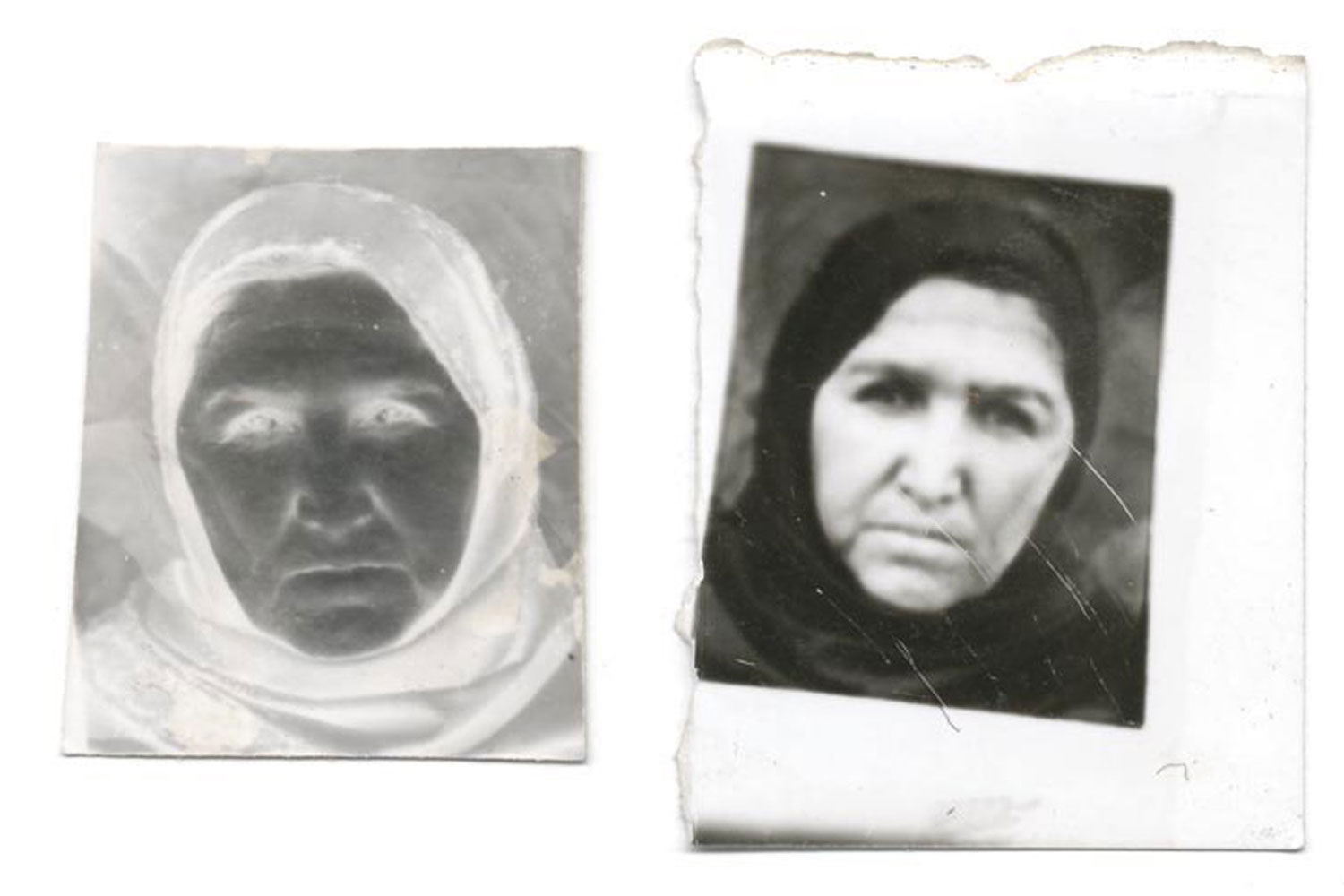
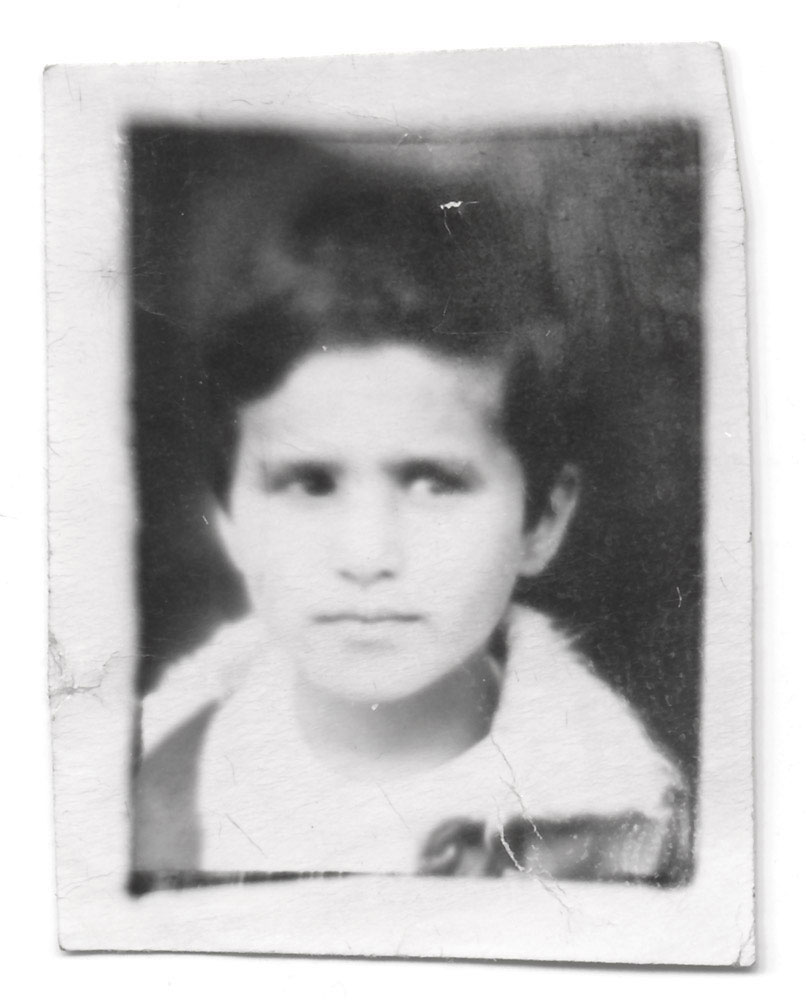


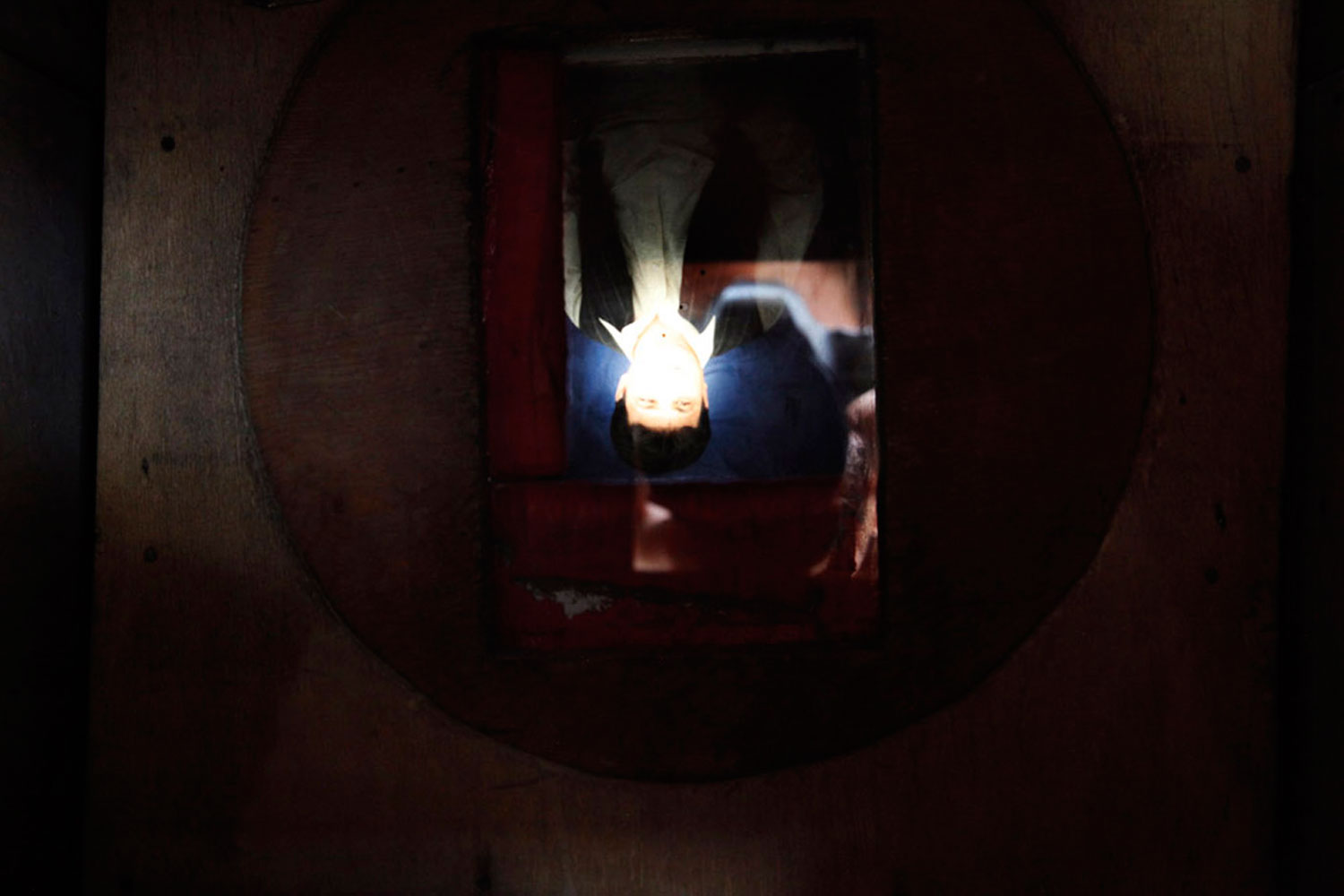
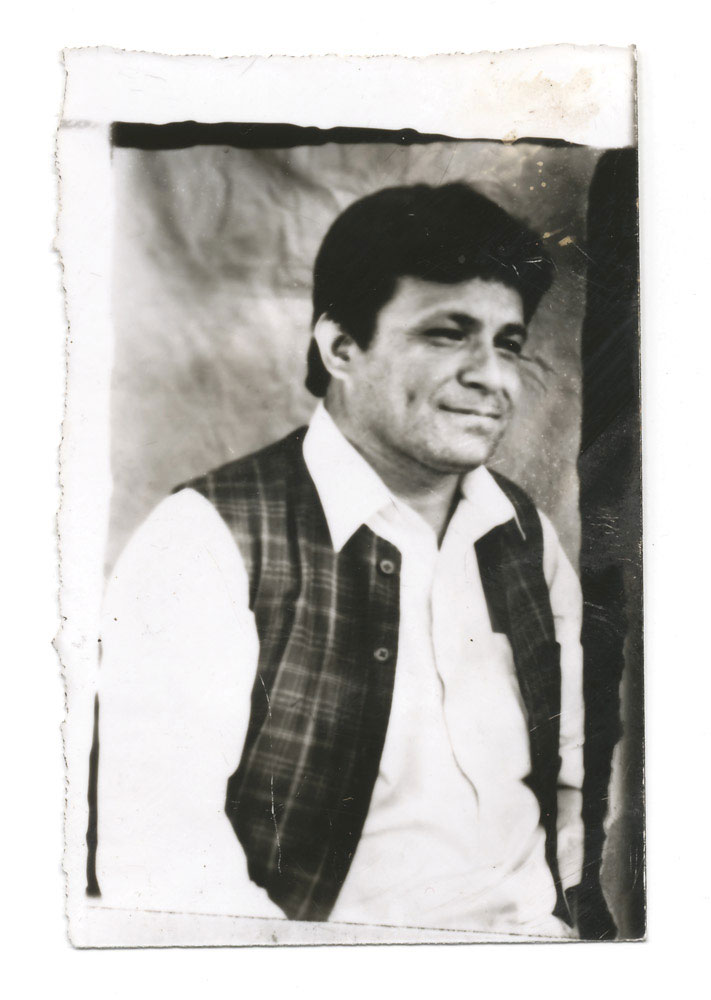

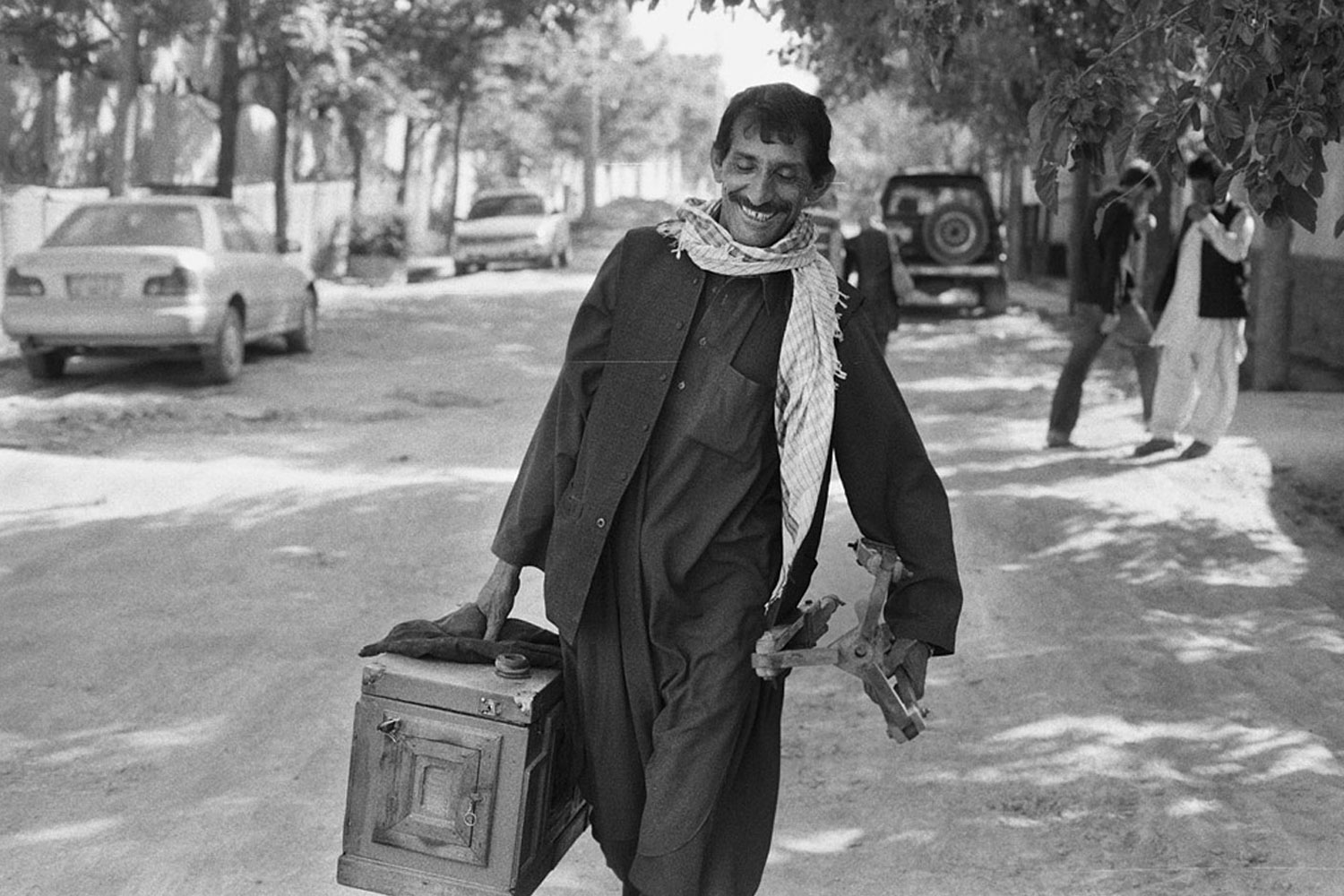
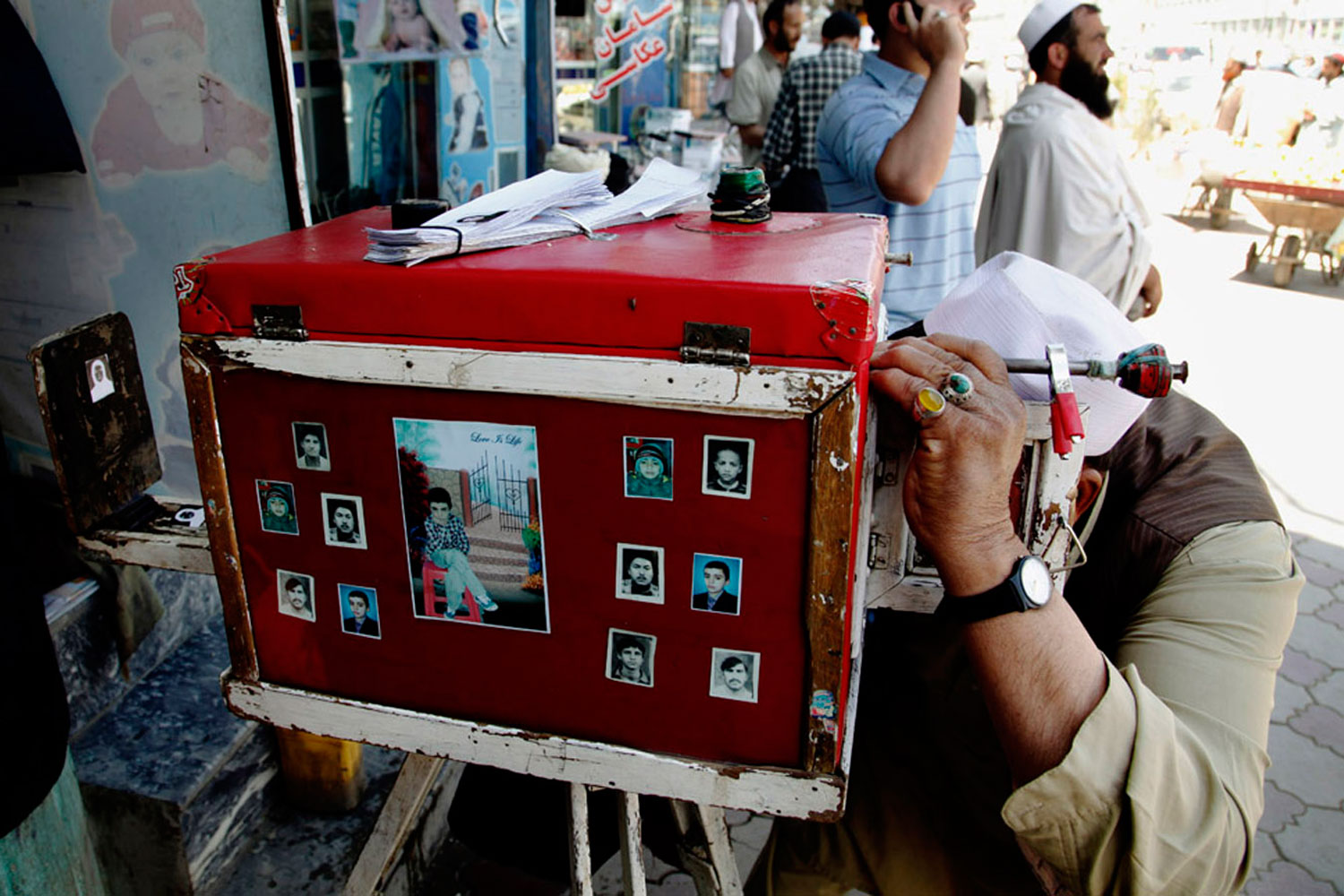


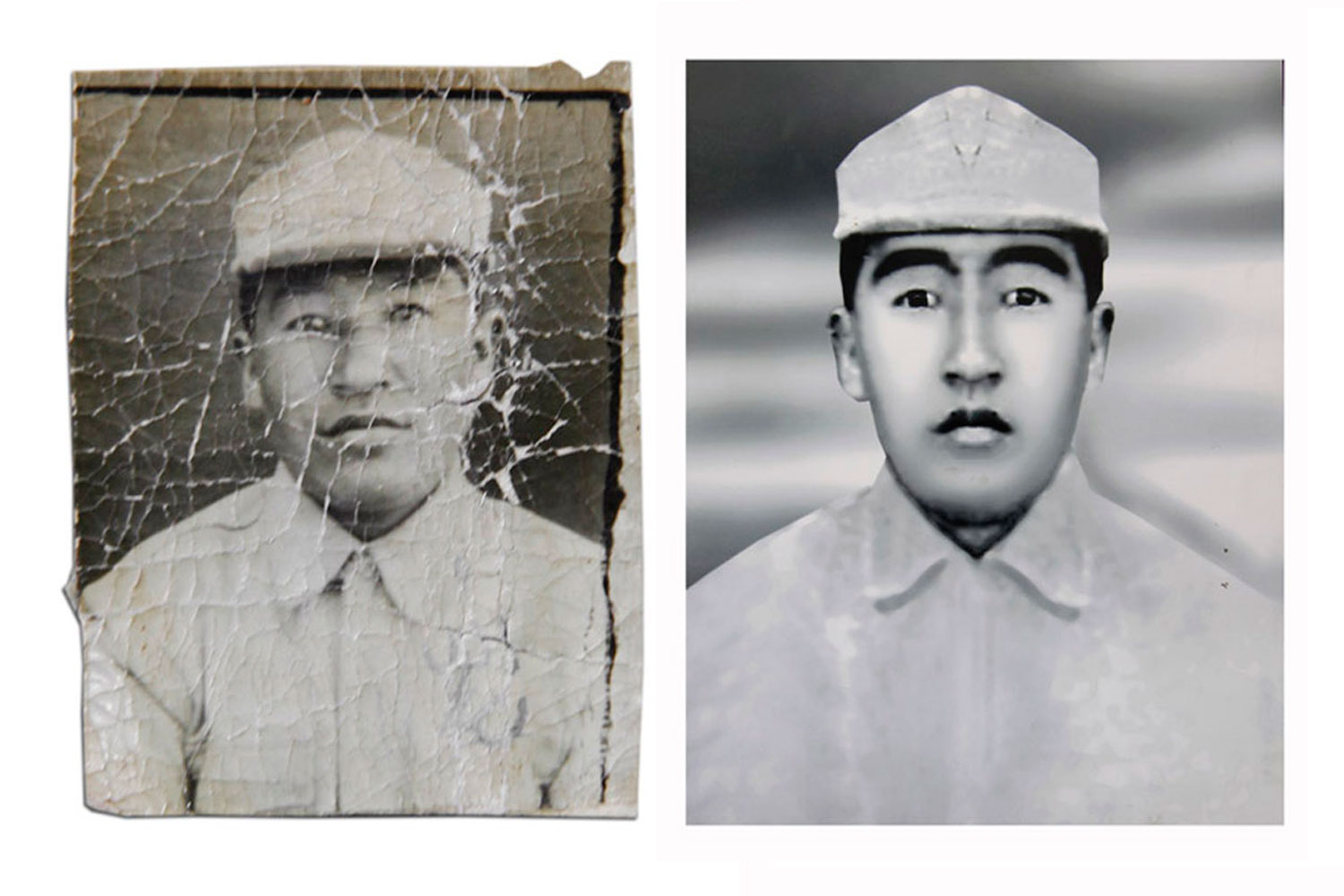
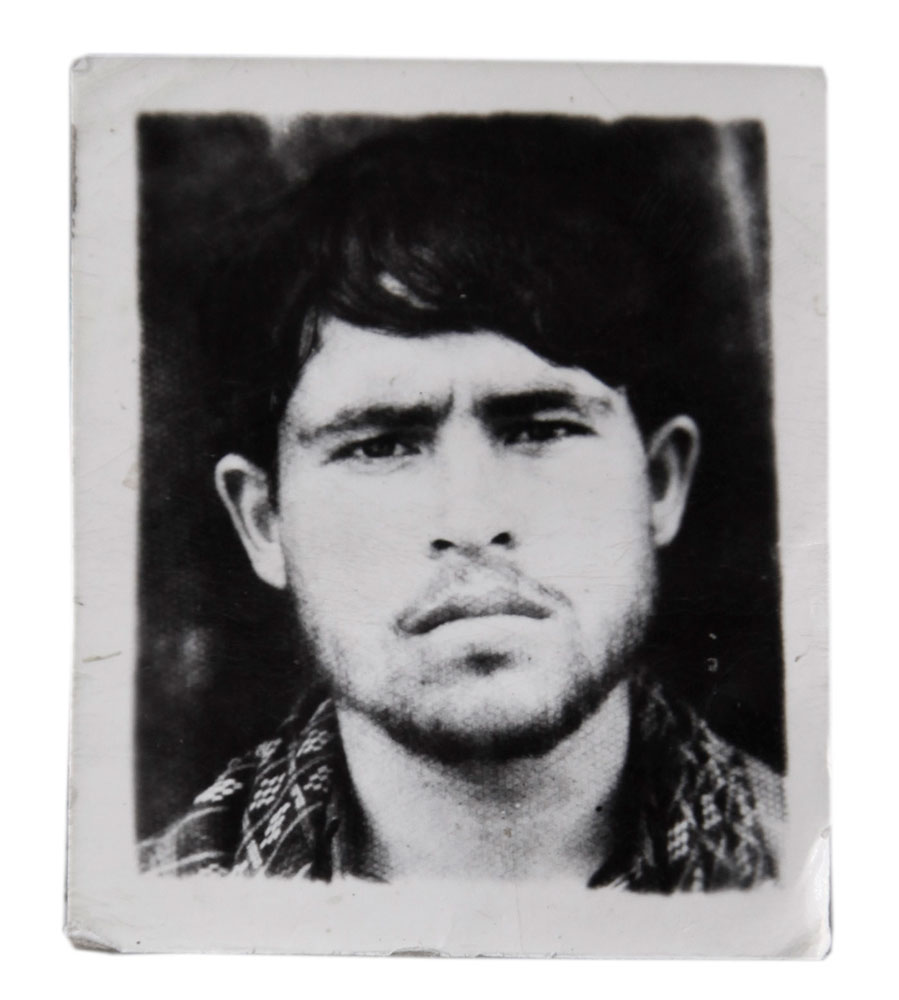
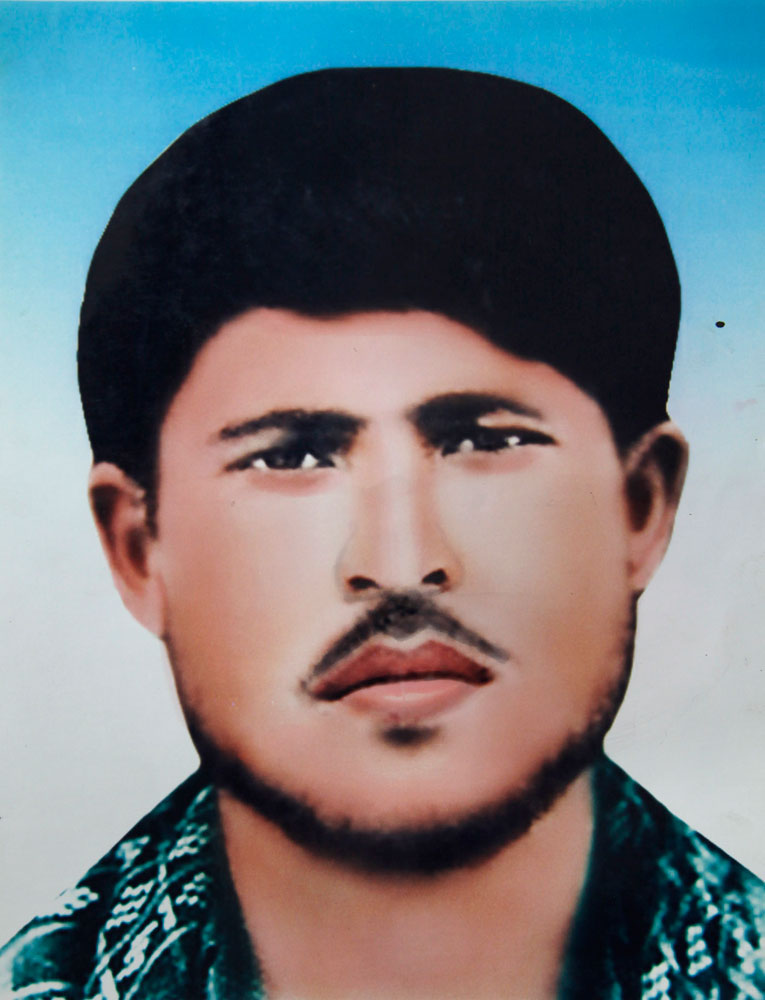
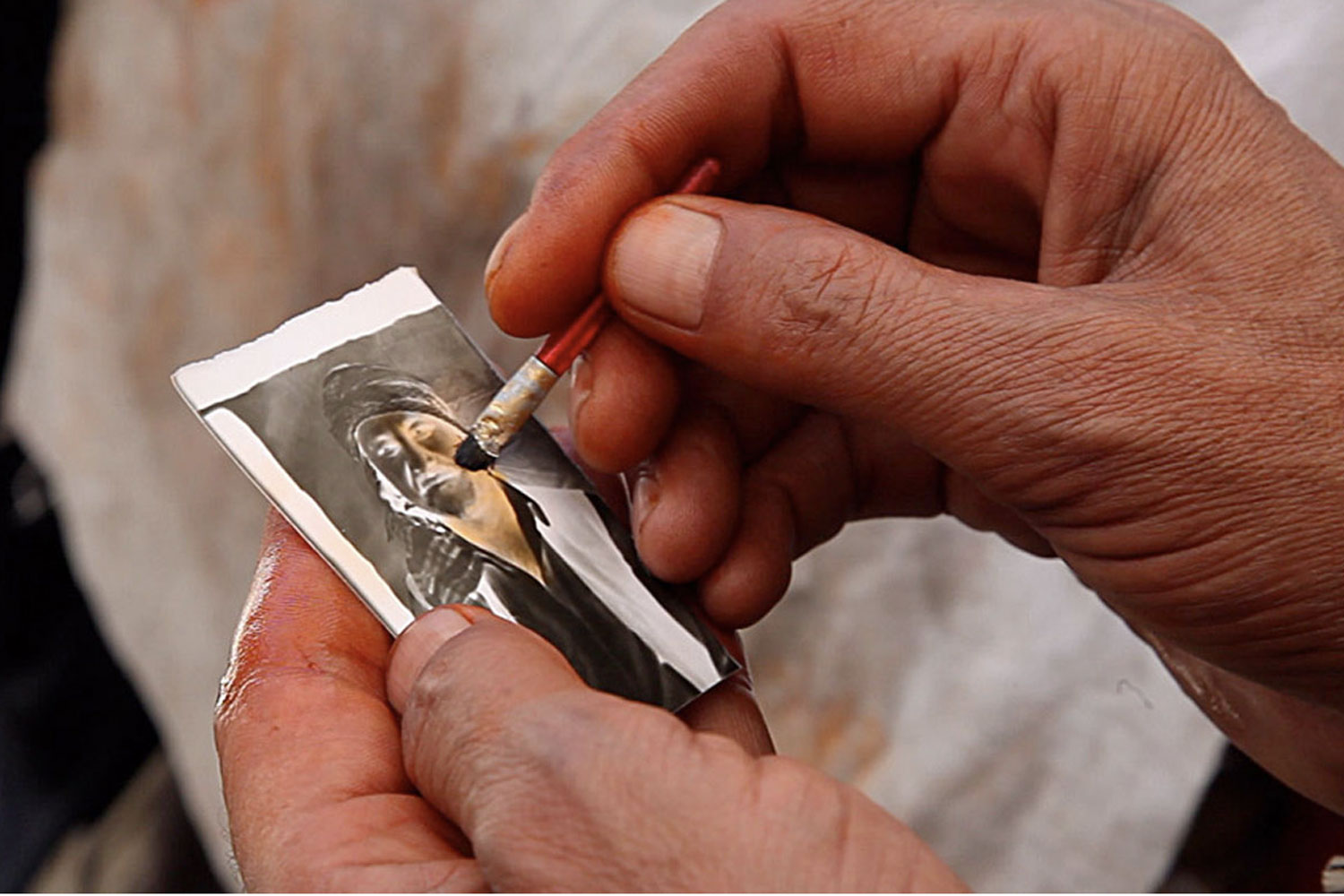
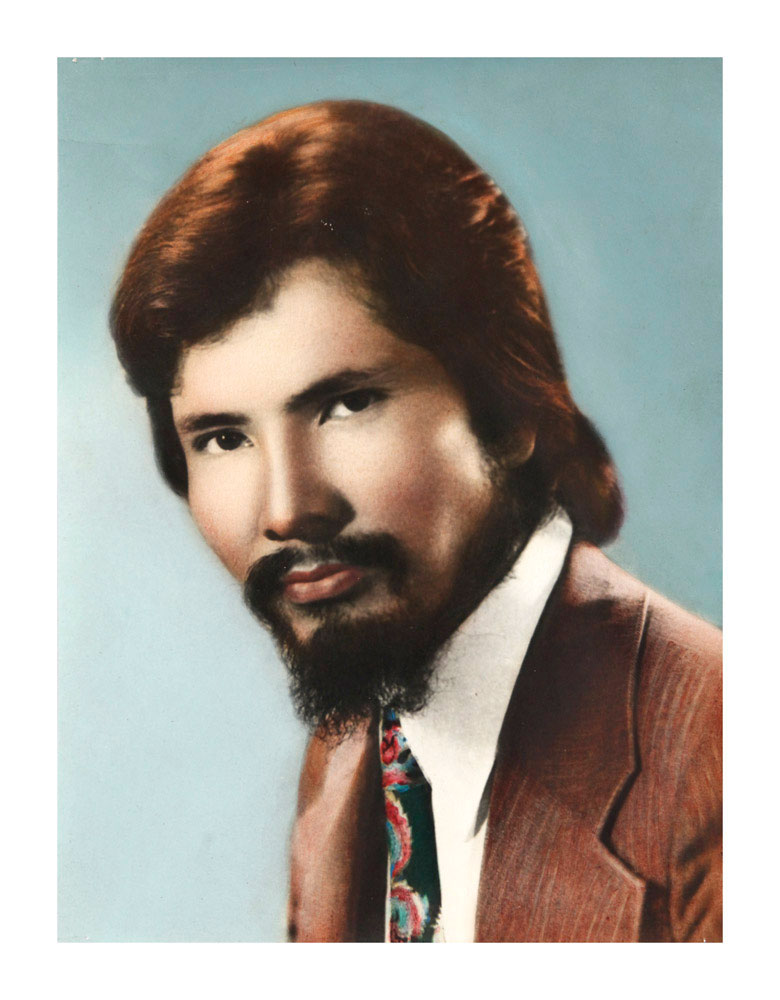
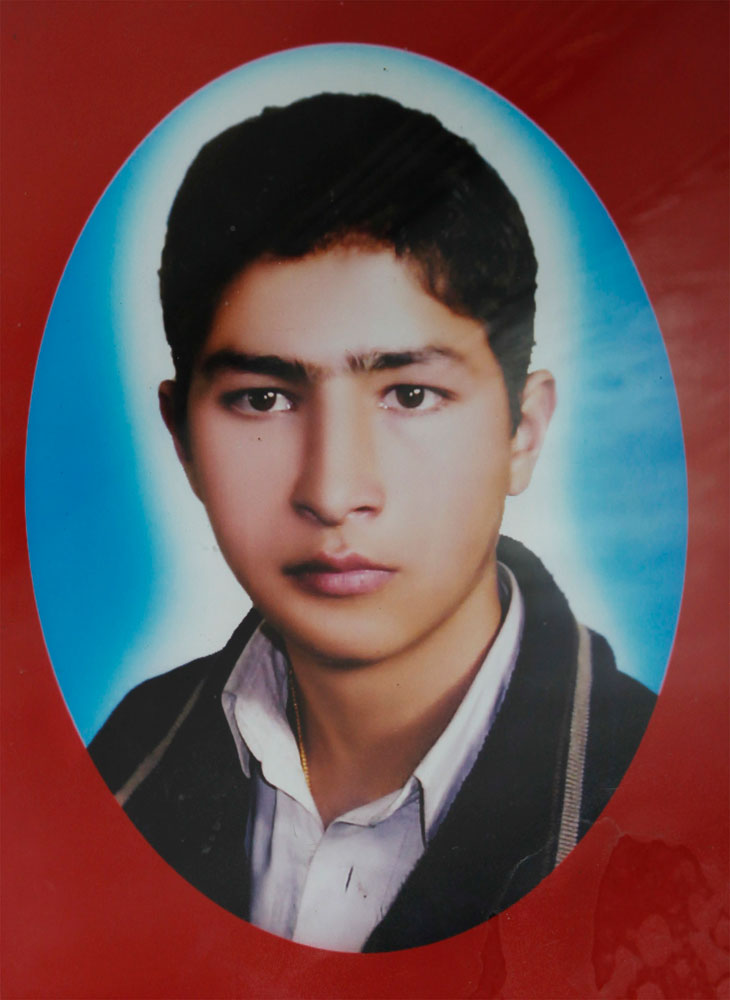
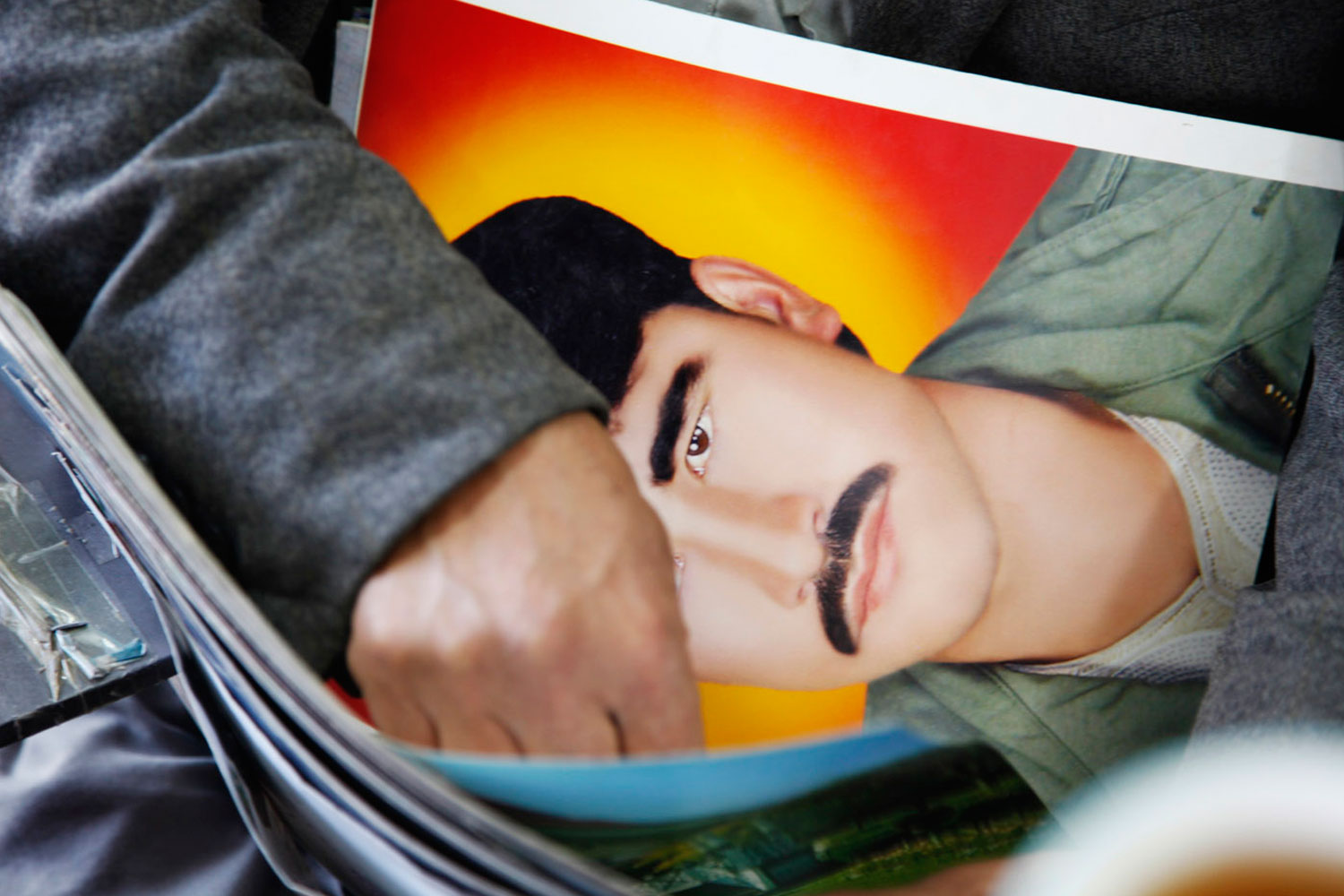
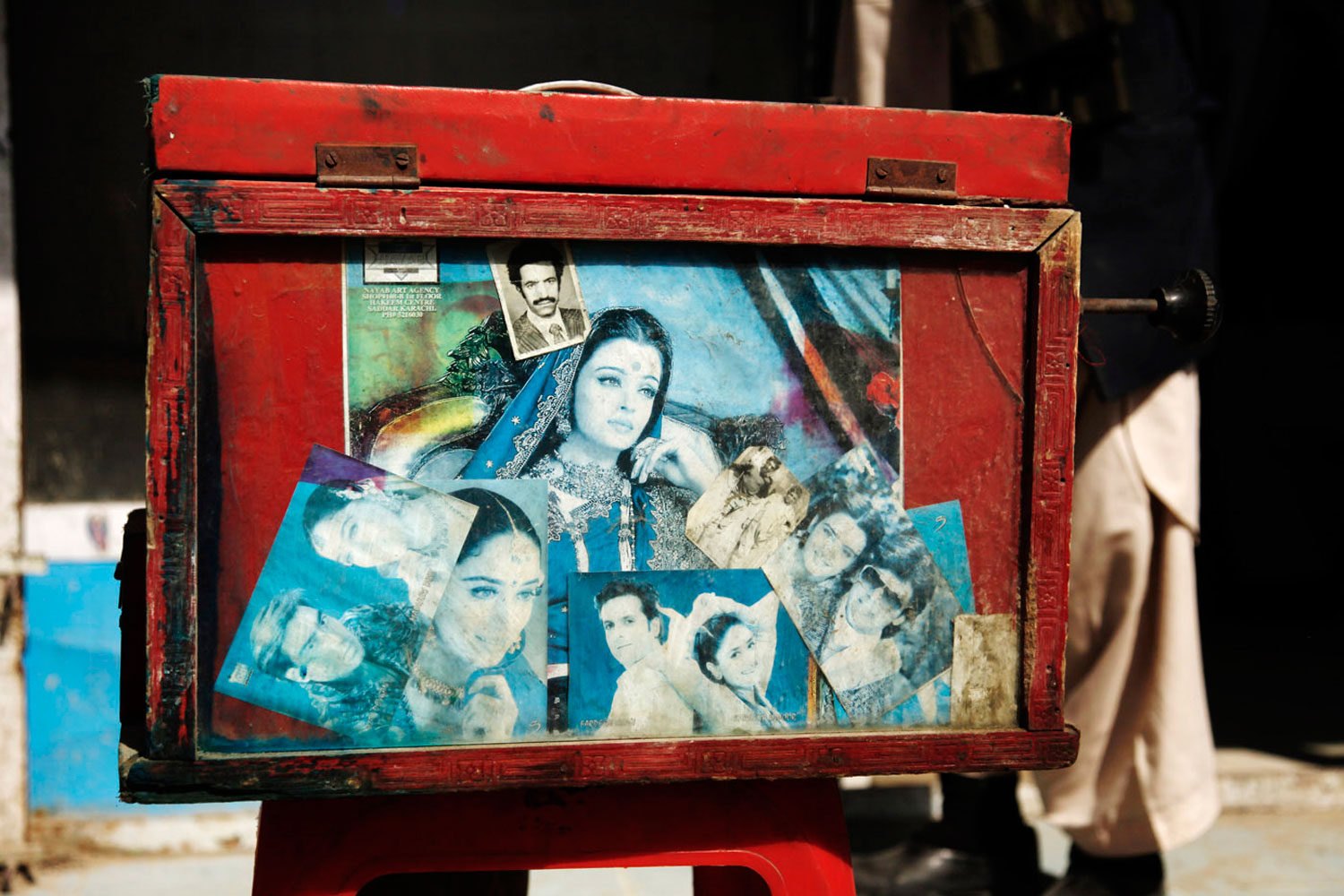
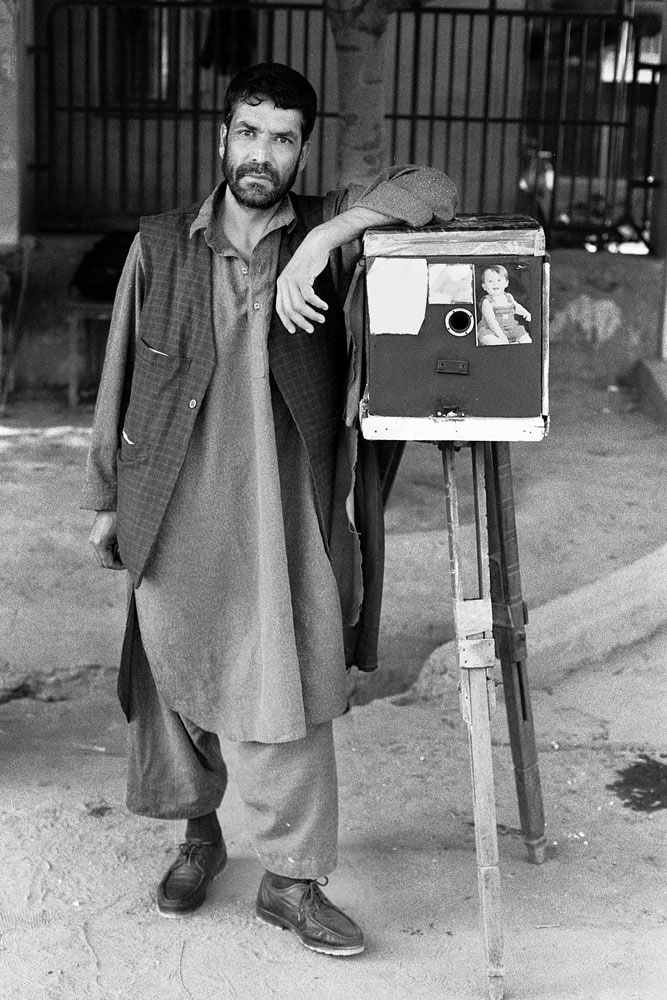
More Must-Reads from TIME
- Cybersecurity Experts Are Sounding the Alarm on DOGE
- Meet the 2025 Women of the Year
- The Harsh Truth About Disability Inclusion
- Why Do More Young Adults Have Cancer?
- Colman Domingo Leads With Radical Love
- How to Get Better at Doing Things Alone
- Michelle Zauner Stares Down the Darkness
Write to Lily Rothman at lily.rothman@time.com